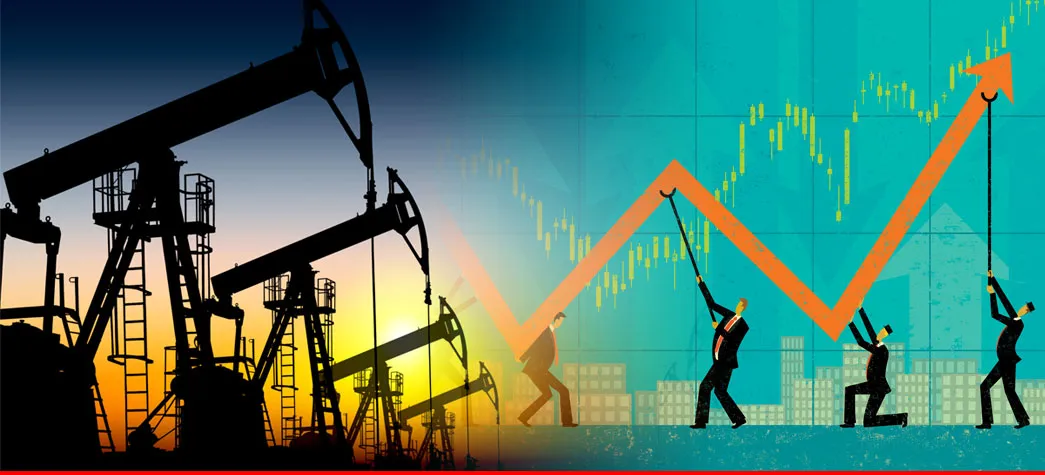PTBP Web Desk
Global oil prices edged higher on Tuesday as the United States and China agreed to extend their pause on new tariffs, easing fears that a further escalation in their trade dispute could damage their economies and reduce fuel demand. The development brought some relief to the energy market, especially since the US and China are the world’s two largest oil consumers.
According to early trading figures, Brent crude futures rose by 26 cents, or 0.39%, reaching $66.89 per barrel by 00:15 GMT. Meanwhile, US West Texas Intermediate (WTI) crude futures increased by 22 cents, or 0.34%, to $64.18 per barrel.
On Monday, a White House official confirmed that US President Donald Trump had extended a 90-day tariff truce with China. This move averted the threat of heavy new duties on Chinese goods, a critical reprieve for American retailers preparing for the year-end holiday shopping season.
The extension has sparked hopes that Washington and Beijing could reach a broader agreement, avoiding the damaging consequences of a prolonged trade war. Analysts point out that tariffs tend to slow global economic growth, which in turn can dampen global oil demand and put downward pressure on prices.
For now, energy traders are reacting positively to the truce, viewing it as a sign that both sides are committed to avoiding further economic harm.
Beyond trade developments, oil markets are also watching a significant geopolitical event on the horizon — the August 15 meeting between Donald Trump and Russian President Vladimir Putin in Alaska. The talks aim to negotiate an end to the war in Ukraine, a conflict that has had far-reaching implications for global oil trade flows.
The meeting comes amid growing US pressure on Russia, with Washington warning that harsher penalties could be imposed on major buyers of Russian oil — including China and India — if no peace deal is reached.
“Any peace deal between Russia and Ukraine would end the risk of disruption to Russian oil that has been hovering over the market,” said Daniel Hynes, senior commodity strategist at ANZ.
Last week, Trump set a deadline for Russia to agree to peace in Ukraine or face secondary sanctions targeting its oil buyers. India has been urged to scale back purchases of Russian crude, while China has been warned of potential tariffs on its imports of Russian oil.
However, with the high-stakes Trump-Putin meeting approaching, the likelihood of these sanctions being immediately implemented has diminished. This easing of immediate geopolitical risk has also contributed to stabilizing oil prices in the short term.
Russian oil has remained a key concern for global energy markets since the start of the Ukraine conflict. Disruptions to its supply can create significant price volatility, given Russia’s role as one of the world’s largest crude exporters.
If the Alaska meeting results in a peace agreement, analysts believe the risk premium currently embedded in oil prices could decline, leading to more predictable trade flows. On the other hand, if talks fail, the market may brace for renewed instability and supply concerns.
Aside from geopolitics and trade negotiations, traders are also keeping an eye on upcoming US inflation data. The figures, due later in the day, could offer important clues about the Federal Reserve’s interest rate policy. Higher interest rates tend to strengthen the US dollar, making oil more expensive for holders of other currencies, which can affect demand.
Market watchers note that the combination of trade talks, geopolitical developments, and economic data is creating a complex environment for oil traders, where both bullish and bearish factors are at play.
For now, optimism over the tariff truce and the possibility of progress in Ukraine peace talks is outweighing concerns about global demand. However, analysts caution that oil markets remain sensitive to any shifts in geopolitical dynamics, trade negotiations, or macroeconomic indicators.
A positive outcome from both the US-China trade discussions and the Trump-Putin summit could ease supply and demand uncertainties, paving the way for steadier oil prices in the months ahead. Conversely, setbacks on either front could quickly reverse the current gains.




